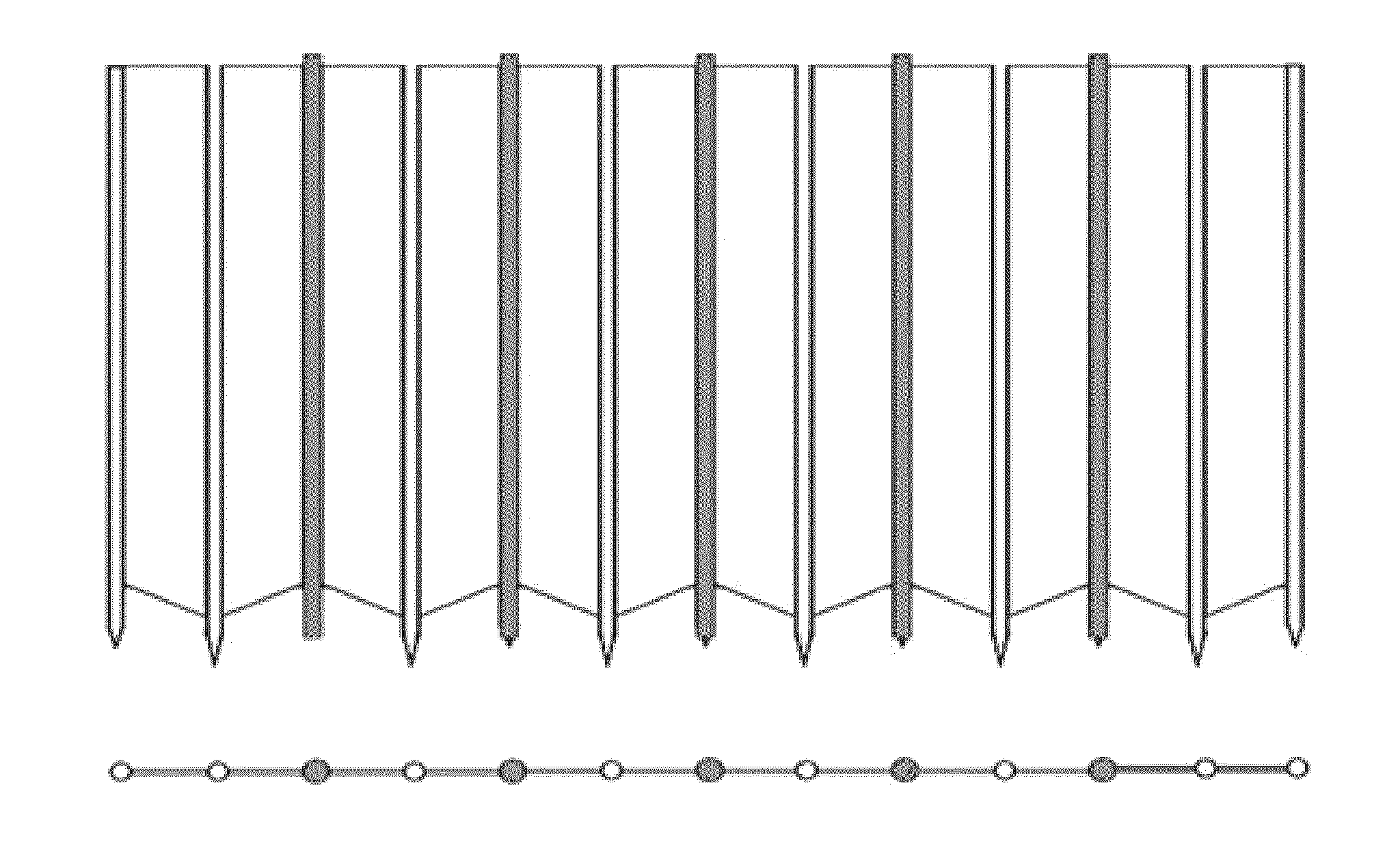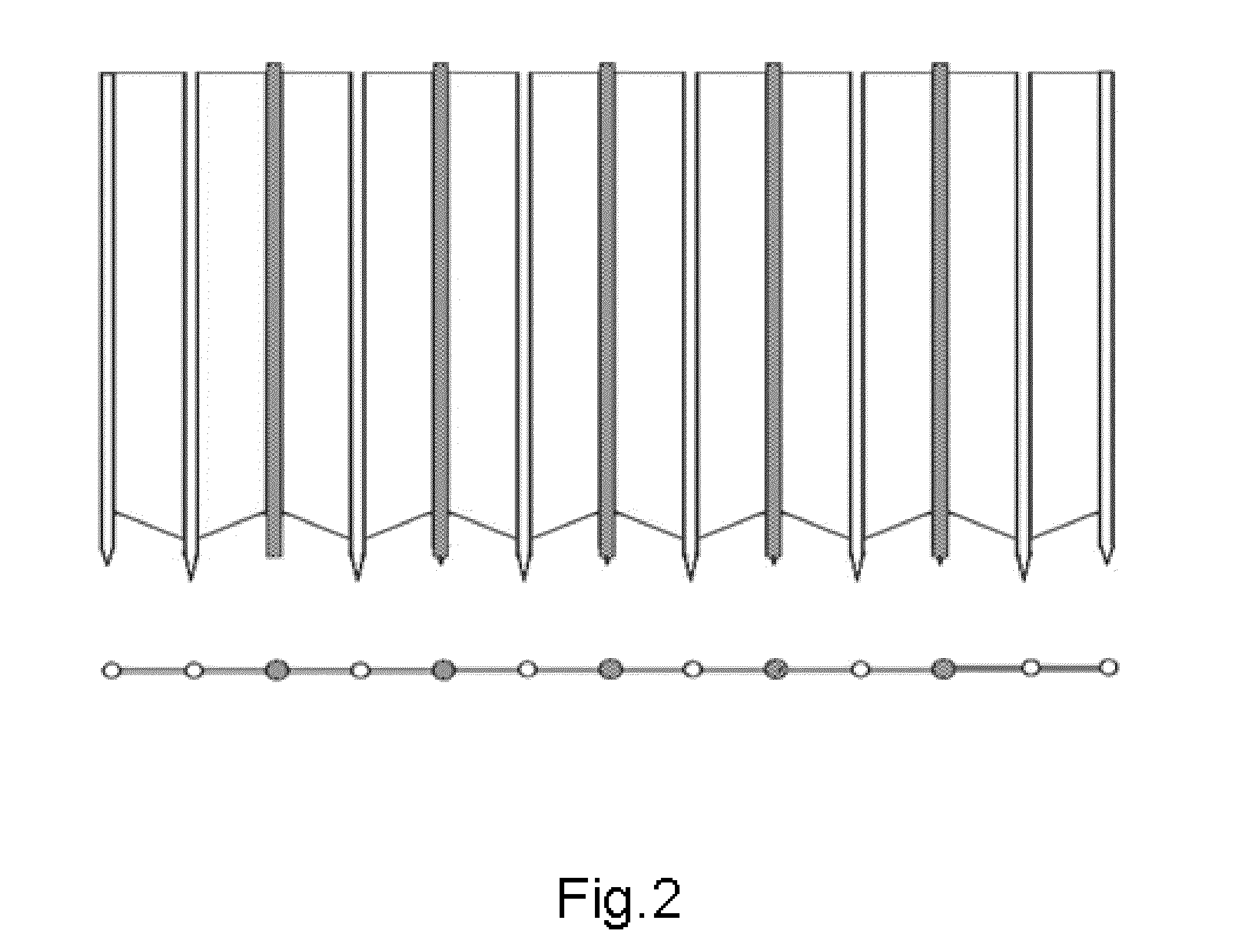Limited to the economic and technological conditions, many reservoir design and construction quality are inadequate.
After long-running, the problems that long-term disrepair, serious aging and dangerousness are serious.
About 40% small-sized reservoirs and 25% medium-sized reservoirs are in danger, they are great threats to people's lives and properties, and social stability.
During a long history of dam construction, the majority are formed by heightening and thickening over the years, the construction soils on the body are from different periods, the construction quality can not meet the design requirements, and thus there are different security risks.
In the field of mining infrastructure, the
tailings dams are the major facilities of mining beneficiating production, which are also the accident-prone parts and the source of security risks.
Furthermore, there are kinds of toxic and hazardous substances in the
tailings dams which are man-made stone and soil flowing area of a
high potential, the
safe operation is directly related to the safety of life and property of the people living at downstream and the
ecological environment of the surrounding areas of the
tailings dams.
In the great amount of tailings dams in China, less than 70% are in normal operation currently, and more than 40% are at risky, diseased, expired services status, so catastrophic accidents occur frequently.
Seepage is one of the major reasons that the tailings dams have accidents.
How to effectively control the seepage for ensuring the
safe operation of the tailings dams is terribly urgent and important.
In the field of
environmental protection infrastructure, according to statistics, in current landfills, more than 95% are simply buried and quasi sanitary landfill, since the horizontal impervious measures are not used in most landfills, and the exhaust
system for the
leachate at bottom is not perfect, which results in a large amounts of untreated
leachate directly seeping into the soil and the
groundwater to cause serious
pollution to the environment.
However, the quantity and scale of the landfills can not meet the requirement of the growing domestic garbage, the real innocuous disposal garbage is only 2.3%.
The main problem that how to prevent the
leachate seepage
pollution should be considered at first.
The leachate seepage
pollution can be properly treated by seepage-proofing on the interception-
pollutant dam, but the geographical environment and the geological condition of the most landfills can not meet the requirement of seepage-proofing.
Thus, seepage is a common problem which the water conservancy, mine, and environmental protection infrastructures such as the earth dams, the tailing dams, and the interception-
pollutant dams have, the seepage-proofing and reinforcement on these infrastructures are long-term and arduous tasks we should face.
These seepage-proofing technologies widely used in China have played an important role in the seepage-proofing and reinforcement of the infrastructures such as the large reservoirs, the tailings, and landfills, but there are still some technical deficiencies.
In the wall building mechanism, materials are easy to separated from soil, and it is hard to
grout into a complete and continuous wall according to the conventional anti-seepage wall building seepage-proofing technology; In the way of construction, anti-seepage walls are formed by grooving, stirring, spraying and vibrating on the soil in the conventional anti-seepage wall building technology, the dams are badly destructed by disturbance.
The problems that the unequally stirring,
grout pouring, unreasonable loading, and discontinuous
pile body lead to low
pile strength, poor construction quality, and non-ideal seepage effect.
Thus, the anti-seepage technology widely used in the
engineering has the shortcomings of large disturbance destruction, long duration, high cost, and inconvenient construction, especially to a large number of the small and medium-sized dams, the conventional technology is limited by not only the funding, but also the bulky equipment and the difficult entering, which are not adapt to the present developing demand of the anti-seepage and reinforcement technology of the dams, the tailing dams and the
sewage dams.
 Login to View More
Login to View More  Login to View More
Login to View More 


